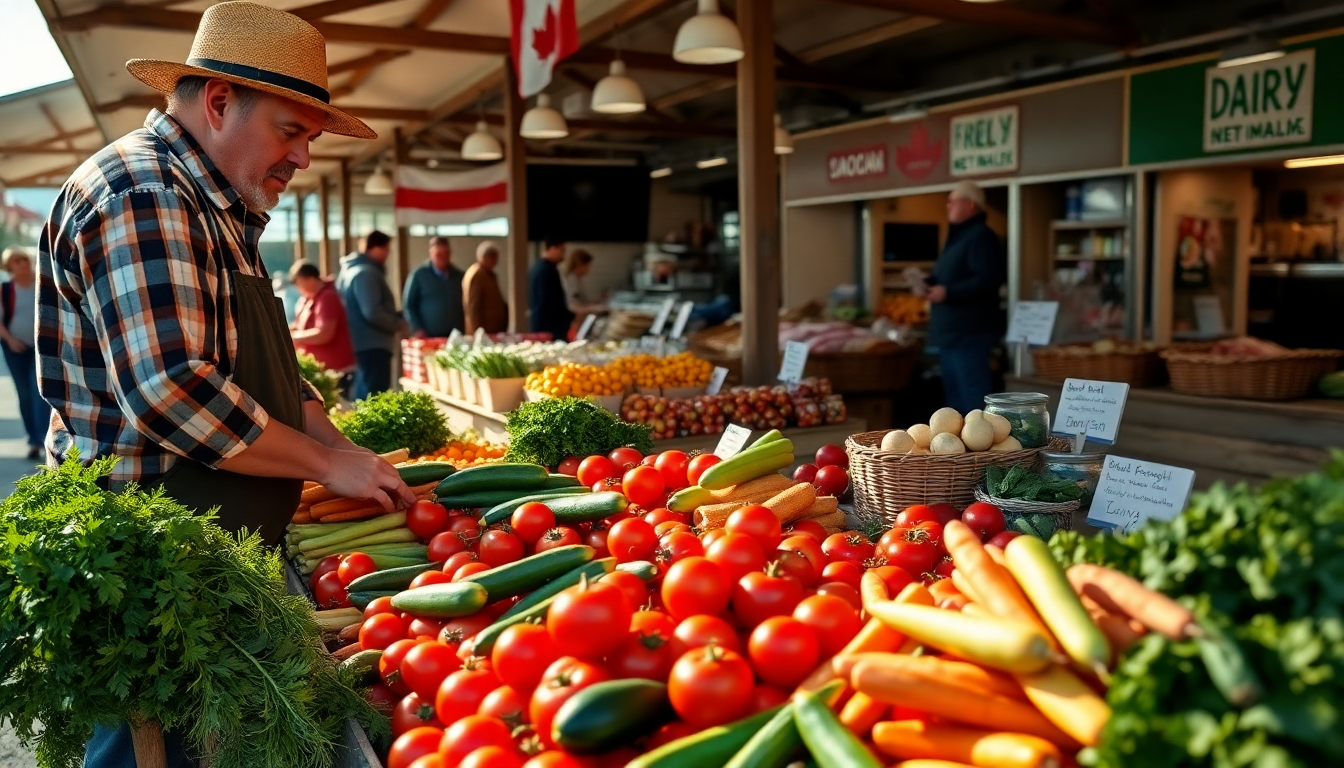Table of Contents
Have you ever wondered how Canada’s agricultural system impacts the food you see on your grocery store shelves? Right now, Canada’s supply management system is under the spotlight, especially after recent trade talks with the United States. While new laws are meant to protect Canadian farmers, experts believe that significant hurdles in negotiations still loom large. As the trade relationship between Canada and the U.S. evolves, it’s crucial for everyone in the agricultural sector to grasp what these changes truly mean.
The Basics of Supply Management and What’s New
So, what exactly is supply management? It’s a system that controls how much of certain agricultural products—like dairy, eggs, and poultry—are produced and sold in Canada. This framework is designed to keep farmers’ incomes stable and ensure that consumers can access locally produced goods. However, it’s also become a hot topic in trade negotiations, especially with the U.S., which has long criticized it as a barrier to free trade.
Recent developments, such as Bill C-202, have added a new layer of complexity. This legislation, which received royal assent on June 26, aims to prevent Canada’s foreign affairs minister from making trade commitments that could impact existing dairy import quotas. While this might seem like a win for Canadian farmers, trade experts caution that it could actually weaken Canada’s negotiating power with the U.S.
William Pellerin, a trade lawyer, points out that this bill limits Canada’s ability to negotiate effectively, especially since the U.S. views supply management as a significant sticking point. For instance, did you know that Canada imposes tariffs on dairy imports that can soar to an eye-popping 250% under the Canada-U.S.-Mexico Agreement (CUSMA)? These tariffs are seen as a significant barrier for U.S. dairy products trying to enter the Canadian market, and finding a resolution is crucial.
Navigating Trade Talks: The Challenges Ahead
When it comes to trade negotiations between Canada and the U.S., it’s not all smooth sailing. Although the recent removal of the digital services tax has eased some tensions, it has shifted the focus back to supply management. President Trump has openly criticized Canada’s trade practices, calling it a tough partner and highlighting those hefty tariffs on U.S. dairy products.
Trade negotiators are walking a tightrope, trying to balance domestic agricultural needs with international trade obligations. Prime Minister Mark Carney’s government has made it clear that supply management is a non-negotiable issue. Yet, some experts believe there’s still room for compromise. For example, if Canada were to expand access to dairy quotas, it could satisfy U.S. concerns while still safeguarding Canadian farmers.
The legal implications of the recent legislation are also under debate. Philippe Lagassé, an associate professor, argues that the royal prerogative allows the executive branch to handle foreign affairs, suggesting that the government might still have avenues for negotiation beyond the constraints of the new law.
What’s Next? Potential Outcomes and Considerations
As Canada navigates its trade relationship with the U.S., several potential outcomes could emerge from these ongoing negotiations. While a complete dismantling of the supply management system seems unlikely anytime soon, we could see some adjustments to tariffs and quotas. Experts suggest that possibilities might include lowering tariffs for imports that exceed quotas or changing who gets access to those quotas.
It’s important to remember that any alterations to the supply management system could have significant political ramifications. This system is deeply embedded in Canadian agriculture, and major changes might provoke a strong backlash from farmers and provincial governments. Therefore, while trade negotiations are critical, they must be handled with an acute awareness of domestic sentiments.
In conclusion, Canada’s supply management system is at a pivotal moment as it faces fresh scrutiny in U.S. trade talks. While new legislation seeks to shield Canadian farmers, it simultaneously complicates negotiations. Moving forward will require a delicate balance between domestic interests and international trade obligations, with the potential for compromise as discussions progress. So, what do you think—can Canada strike that balance?


